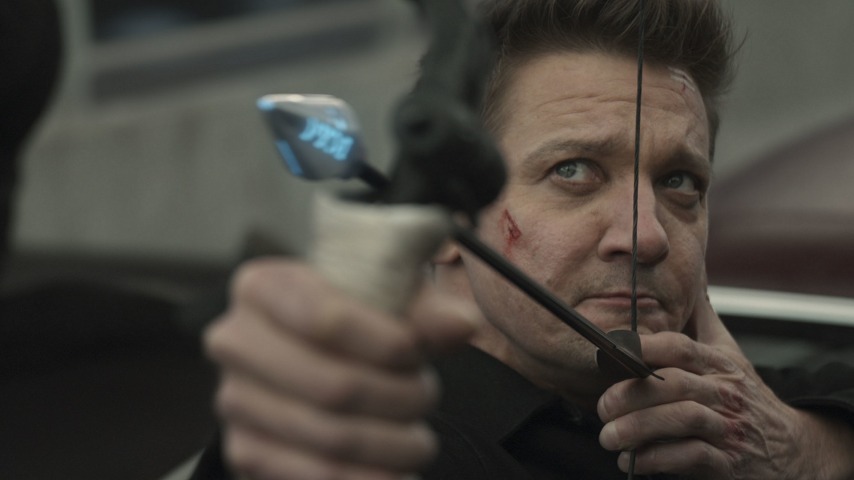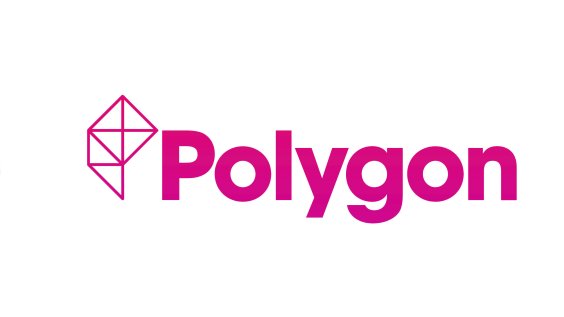
Hawkeye charted a mid-point in the arc of Marvel’s various MCU TV offerings when it landed on Disney+ back in late 2021: Not as formally groundbreaking as WandaVision, but less obsessed with bluntly moving pieces around the board than Falcon And The Winter Soldier, the series was a surprisingly funny vehicle for Jeremy Renner’s least-superpowered of Avengers, while also giving a lot of room for Hailee Steinfeld and Florence Pugh to show off their skills as a double act. And while none of those shows have gotten second seasons on the air to date (only Loki ever managed that feat), Hawkeye could have been a decent candidate for a revisit, at least once Renner was more fully recovered from his nearly life-ending snowplow accident in early 2023. And it might have been… if Disney hadn’t pretty clearly pissed the actor off with its offer for a second season.
Renner was talking to High Performance when he revealed that Marvel had approached him to do another season of Hawkeye… at half of what he was paid for the first one. Here’s Renner, running the math: “Well, it’s going to take me twice the amount of work for half the amount of money, and eight months of my time, essentially, to do it for half the amount.” While emphasizing that he doesn’t blame anyone he’s worked with at Marvel for any of this—”It’s just the penny pinchers, the accountants”—he still sounds pretty genuinely pissed off at the “insult offer.” “I’m like, ‘I’m sorry? Why? Did you think I’m only half the Jeremy because I got ran over? Maybe that’s why you want to pay me half of what I made on the first season.’”
Renner—whose post-accident resumé has mostly been taken up with Mayor Of Kingstown, and writing a memoir, My Next Breath, that’s out this week—goes on to note that he wasn’t asking for anything except what he got paid for the show’s first season. “Sadly, I still love the character,” he adds, calling the situation “disheartening.” “I’d still love to do it, but I had to defend myself.”

